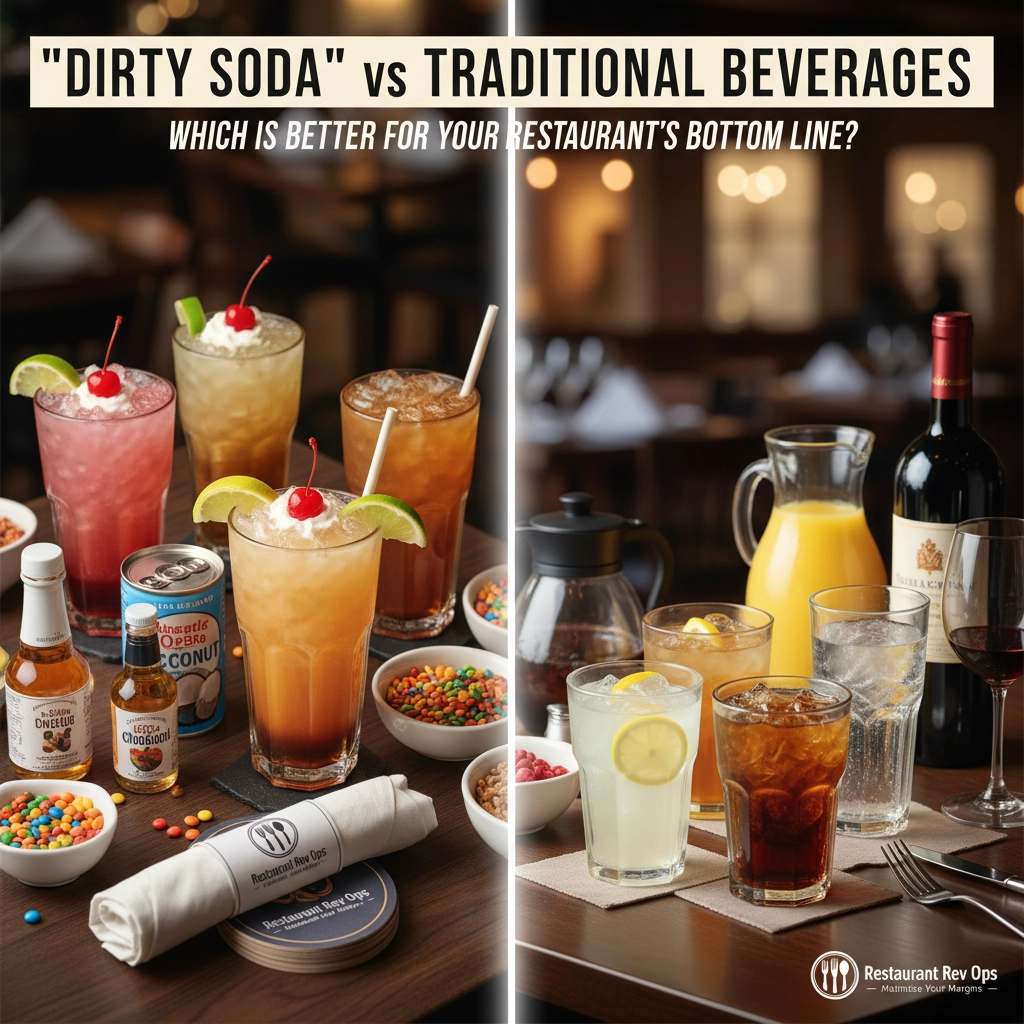
"Think of dirty sodas as the lovechild of your favorite soda and a coffee shop's flavor arsenal. At its core, it's carbonated soft drinks mixed with flavored syrups, cream, fruit, or other add-ins. The "dirty" part comes from Dr Pepper's nickname in Utah, where this trend exploded thanks to the state's unique relationship with non-alcoholic indulgences. The beauty lies in the customization. Customers can transform a basic Coke into a "Raspberry Cream Dream" or turn Mountain Dew into a "Tropical Paradise.""
"Let's talk numbers, because that's what really matters for your bottom line. The economics of dirty sodas are nothing short of spectacular. Cost Breakdown: Base production cost: approximately $0.70 per 16-ounce serving Selling price range: $4-12+ depending on your market positioning Profit margins: 75-85% or higher To put this in perspective, that's a markup potential of 500-800%. One successful operator reported generating $30,000 in a single week selling dirty sodas, with over $70,000 in revenue over just 2.5 months."
Dirty sodas combine carbonated soft drinks with flavored syrups, cream, fruit, and other add-ins to create highly customizable beverages. The trend gained traction in Utah and emphasizes personalization that appeals to younger consumers willing to pay premiums. Production costs for a 16-ounce serving run around $0.70, while retail prices commonly fall between $4 and $12 or more. Typical profit margins range from 75 to 85 percent, yielding markup potential of roughly 500–800 percent. Low ingredient costs, simple preparation, and strong consumer demand enable operators to generate significant weekly and monthly revenue with effective execution.
Read at Food & Beverage Magazine
Unable to calculate read time
Collection
[
|
...
]